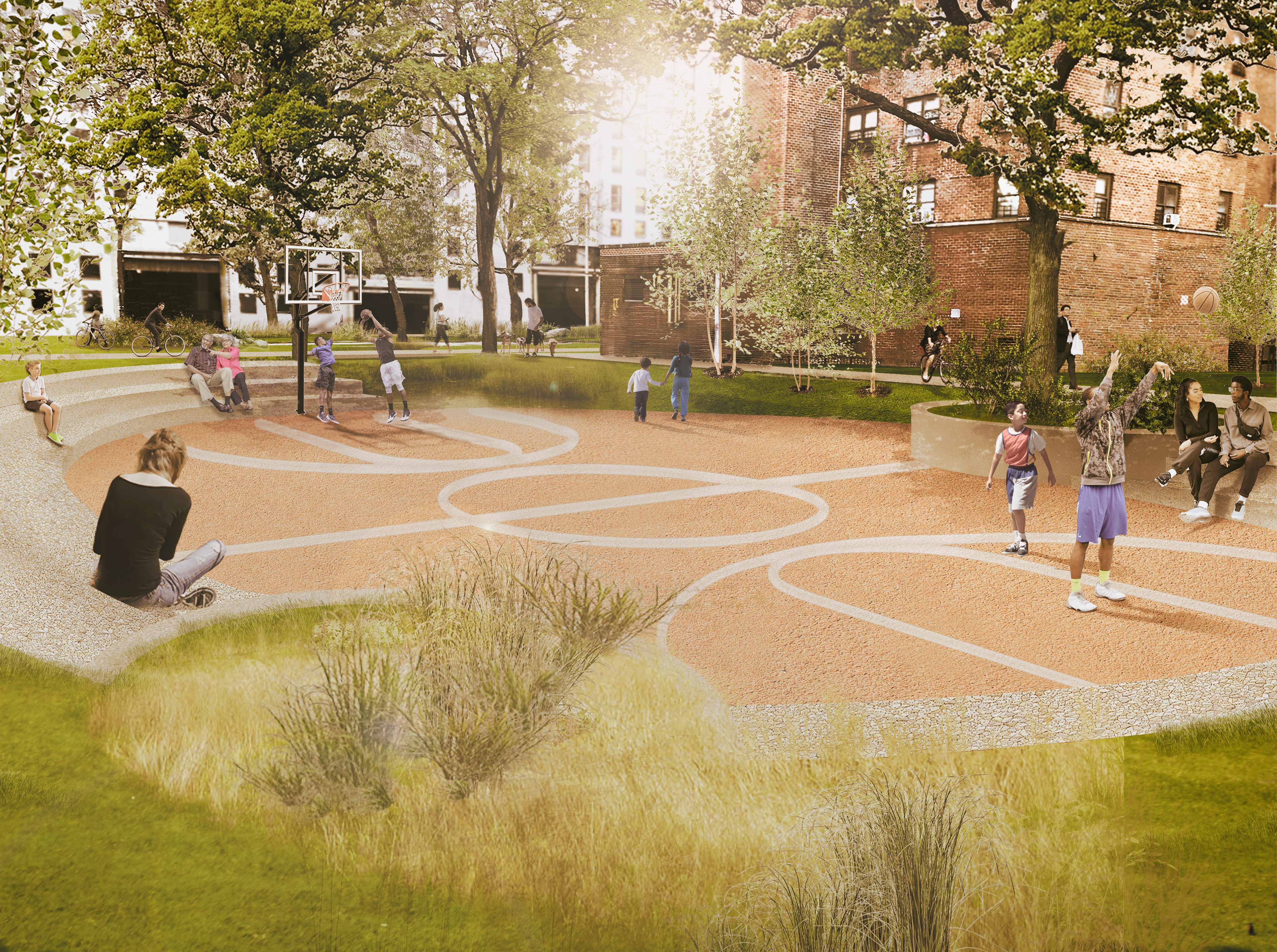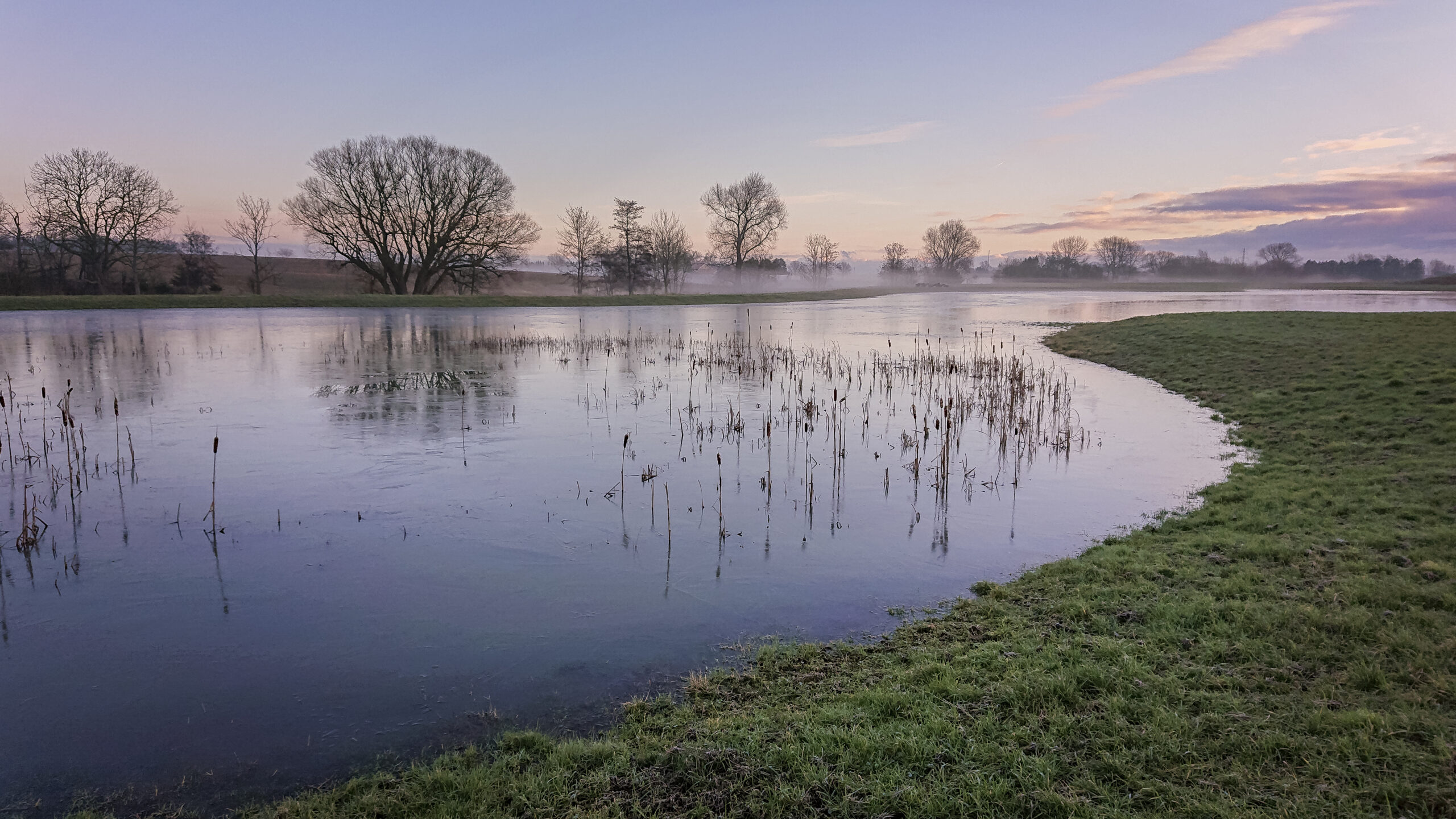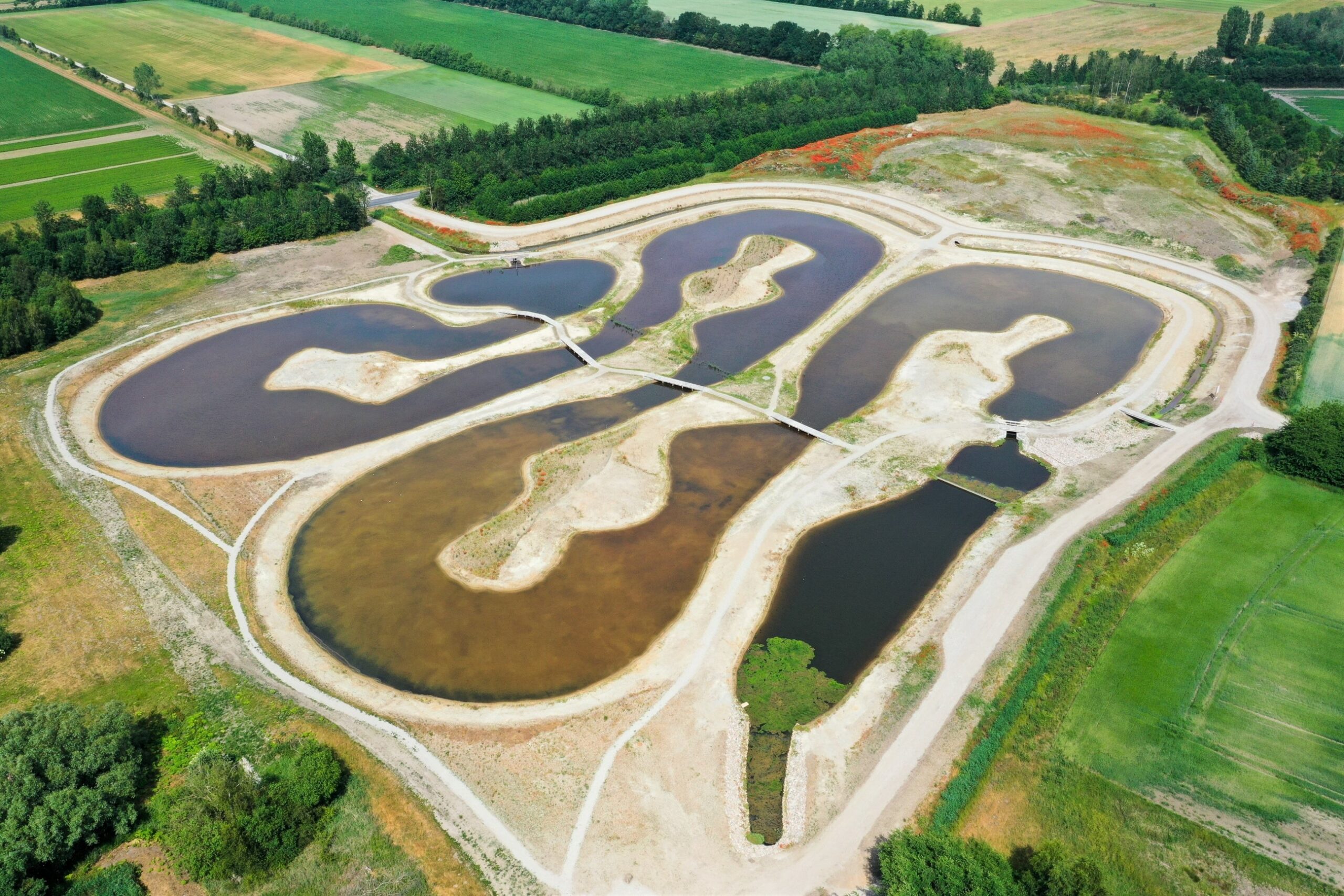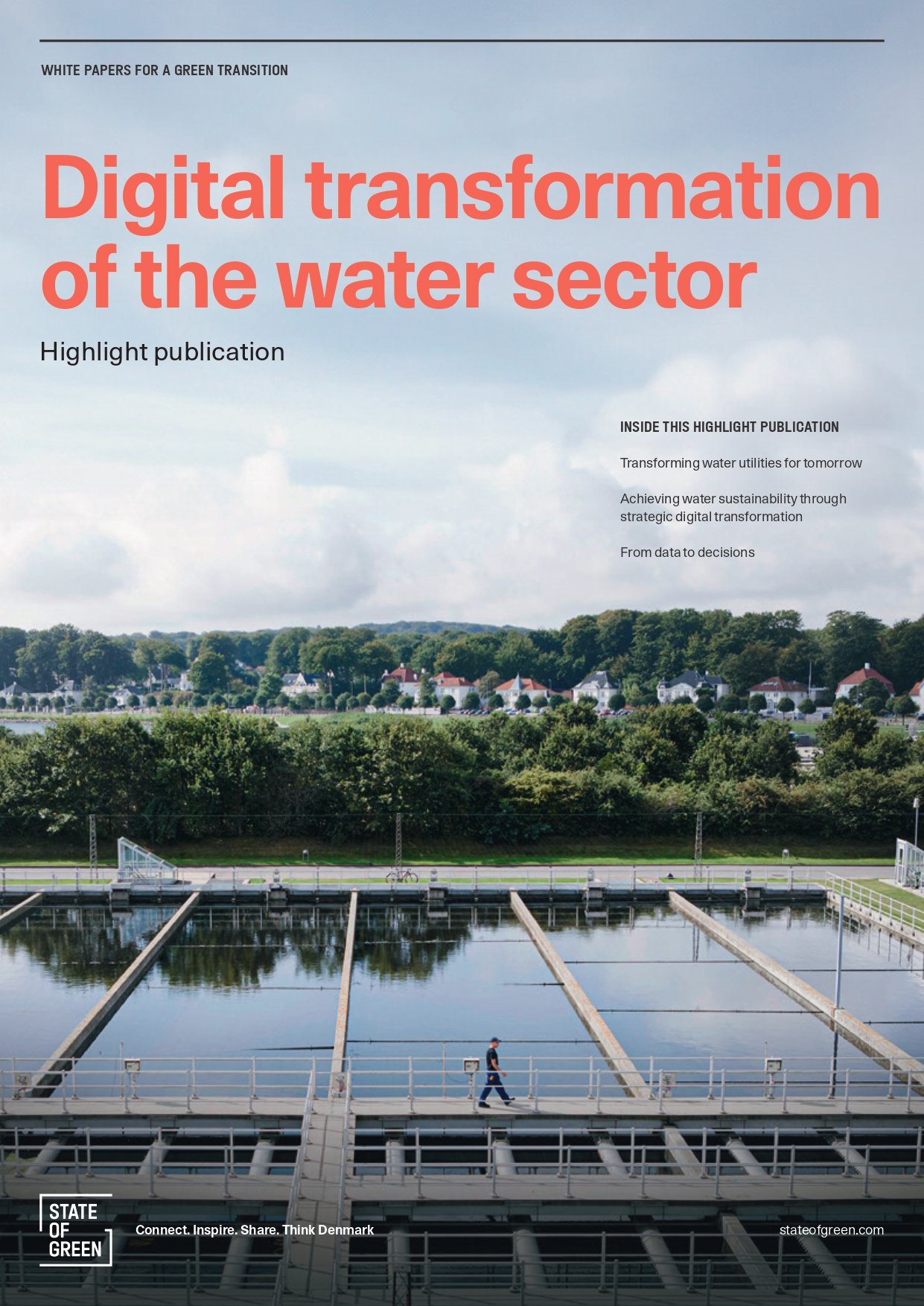News
Climate change adaptation
Nature based solutions
Urban water management
+2
Improved urban water management promotes the green transition


The collaborative project Water Smart Cities works to develop solutions to improve urban wastewater management. The project’s research has shown that increased digitisation and more precise forecasts will improve urban water management.
During the research, the project has developed a ‘digital twins’ model, which is a digital copy of the real-world drainage system that combines hydrological and hydraulic calculation models with data from sensors in our sewers and treatment plants. With more and more measuring points and sensors, the amount of data is extremely large. So the data of the digital twins is carefully selected and prioritised to calculate and predict how challenges such as how climate change and the green transition must be addressed.
-Related news: Future resilient cities offer clean air and sustainable water management
Development of the right tools
The project has succeeded in developing two specific tools that focus on more precise predictions of what happens in the drainage system when it rains.
“One of the models gives a better forecast of the inlet to the treatment plant within the next hour or two. This gives enough time for the plants to be converted from dry weather operation to rain operation and thus be able to receive and clean a larger amount of water,” said Professor Karsten Arnbjerg-Nielsen, DTU Environment, who spearheads the project.
In case of large amounts of rain or cloudbursts, it is necessary to make some changes in the sewer system. For that purpose, the project has developed new algorithms, which direct part of the rainwater to the collection basins that have been built in connection with climate adaptation measures taken in recent years. Here, the water must be stored until the treatment plants have capacity again.
“Better utilisation of the sewer system offers several benefits. Firstly, the need of new investments in basins and new sewer pipes is reduced, which contributes to the green transition of the sector. Secondly, it will reduce flooding and overflow of sewers for the benefit of the city's citizens, streams, lakes and the sea. Finally, citizens will experience an increased value of the recreational areas that the climate solutions constitute,” said Henrik Madsen, technical director of the consulting company DHI, who has participated in‘ Water Smart Cities ’.
Another project tool focuses on improving the slightly longer weather forecasts, in which the forecasts apply for the coming 15 days. The forecasts are important in relation to repair and maintenance tasks in the drainage system, in which, for example, emptying of the treatment plant's basins for sediments can only take place during a prolonged dry weather period.
-Related State of Green white paper: Unlocking the potential of wastewater
Strategic planning in the long run
The Water Smart Cities project has furthermore developed a model for the long-term strategic development of drainage systems in urban areas over the next 20 years.
“It has required a prioritisation of solid data to be able to develop a model that can be used for planning so many years into the future. We have been focusing on data concerning urban development of large Danish cities, in which rising seawater and increased amounts of rain are included. Here, the development and planning of sewers and treatment plants in connection with residential areas, transport and industry are important parametres, but soft values such as the presence of green and blue areas in the city are also largely included," said Karsten Arnbjerg-Nielsen.
Initially, the long-term model is intended exclusively for research, but over time, like the other tools from the Water Smart Cities project, it will be made available for use in urban planning.
Learn more about "Water Smart Cities" in a project description from 2016.
Source
DTU Environment (in Danish)
Photo: DTU Environment















